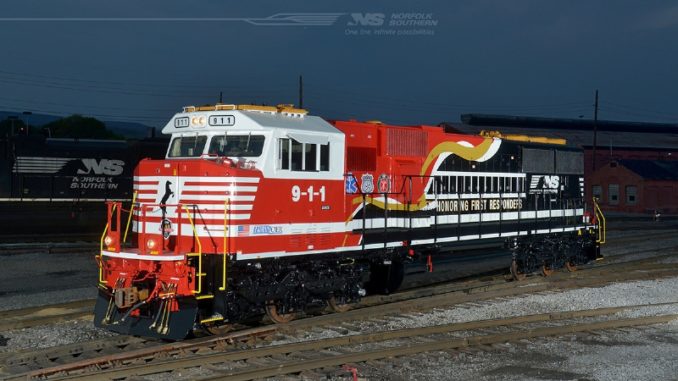TOLEDO, Ohio — The National Transportation Safety Board today dispatched two investigators from its Office of Railroad, Pipeline and Hazardous Materials Investigations to investigate an accident that occurred early yesterday morning at CSX’s Stanley Yard near Toledo, Ohio. A CSX Transportation employee switching rail cars on one track was seriously injured after being struck by a moving rail car on an adjacent track within Stanley Yard. Some movement activities within the rail yard are performed using Remote Control Operations technology. Jeff Leaman is the NTSB Investigator-in-Charge. — Special to Railfanning.org News Wire









